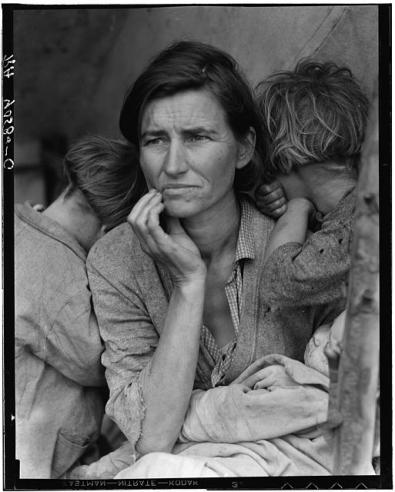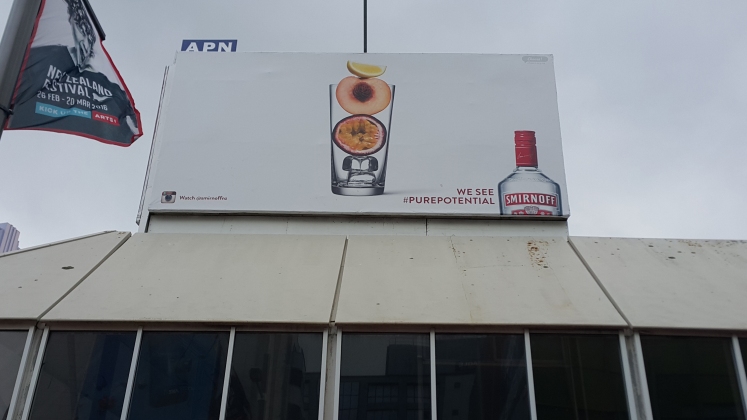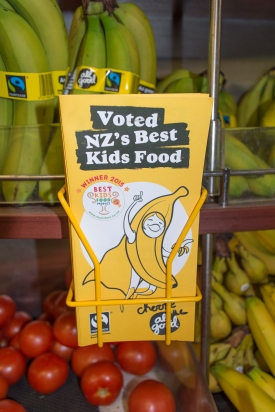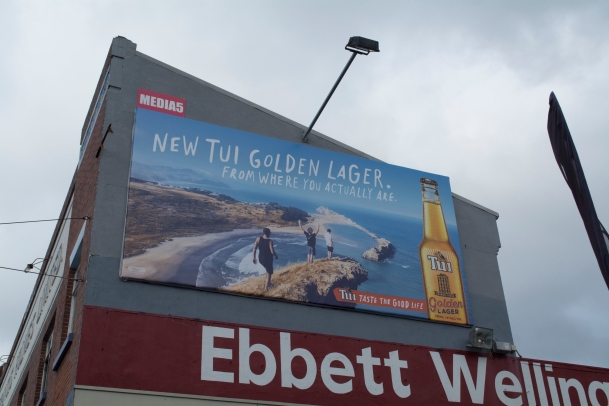Q: Explain why the process of looking closely and thinking critically about visual texts is important to art and design practices
Why is the process of looking closely and thinking critically about visual texts important to art and design practices? Firstly, what is ‘critical thinking’? What does it require of us? What does it do for us? Wallace & co suggest that, “The term critical thinking in a broad sense can include all of the following: Creative thinking; Analysing; Problem-solving; Reasoning; Evaluating” (Wallace et al. 46). So, becoming a critical thinker requires these things of us: we must begin to think laterally and think about things from a variety of angles. In the following discourse I will be discussing the importance and relevance to art practice of critical thinking. Specifically, how the use of critical thinking shapes the individual’s art practice, as well as the importance of context as an element of critical thinking.
Context has a great ability to change the way and depth with which we see a visual text. As an analogy, take The Migrant Mother, the most famous photograph to come out of the great depression, by Dorothea Lange:
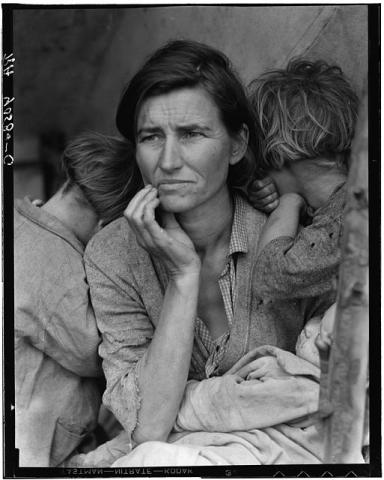
Lange, Dorothea. The Migrant Mother. 1936. Prints and Photographs Div., Lib. of Congress. Dorothea Lange: Photographer of the People. Web. 23 March 2016.
In itself, photography is the documentation of a time, feeling and/or emotion. Without knowing the desperation of the Great Depression, would The Migrant Mother have as much impact? In “Reading Texts”, Ruszkiewicz and co suggest that, “Uncovering the context of a work breathes new life into it.” (Ruszkiewicz et al. 34). Context becomes key to assessing the importance and relevance of art and design because, “We read every text wanting to know how it connects with the world, both now and in the past.” (Ruszkiewicz, et al. 32). The reason context is such an important part of thinking critically is that it is the most human way we connect with the artwork and is a valid method of assessment – although we want to think critically and make sure that the processes undertaken in making art are “logical and convincing” (Wallace et al. 47), the relevance to society of an artwork will always remain an important part of how we value and assess work.
Thinking critically about visual texts is key in forming our own art practice, and making sure our art is relevant and meaningful. An example of this is Nick Kapica; in a lecture for the Communications in Creative Cultures paper, he revealed to us his working methods. He takes photos of visual texts within various urban landscapes, and collates these for future use. He assesses the visual aspects of each image and uses elements he finds interesting. The critical thinking here is key in not only assessing the material, but in being able to look for it in the first place. Often when you look at a space or an object, we don’t think of it as a visual text, but thinking critically and creatively you open yourself up to a range of possibility for what a visual text, and essentially art, can be. Within our own art practice this will allow us to think broadly about what could be art – and different ways of saying that. In the same way, when we find a visual text, critical thinking allows us to ask different questions and find out more about the text; who’s the intended audience? What was the initial reception from this audience? How does the work use artistic conventions to convey an idea? In doing this, we learn to apply these questions to our own work, and so make it more purposeful.
At the beginning of this paper I didn’t understood the purpose of all this work. But in collating all this information, and writing this paper to the specifications, I have discovered that I’ve been analysing each piece of information and thinking critically about all of my work, as well as learning how to think critically about artwork throughout this assignment. Particularly in the field trip – learning to assess and think critically about something you don’t often think of as a visual text was really valuable. I agree with Wallace & Co’s statement that, “the whole point of going to university is to learn how to think.” (Wallace et al. 45). Learning to think critically, outside the box is what brings excitement to art, and allows artists and thinkers to be explorative and have new ideas – without that, what’s the point?
